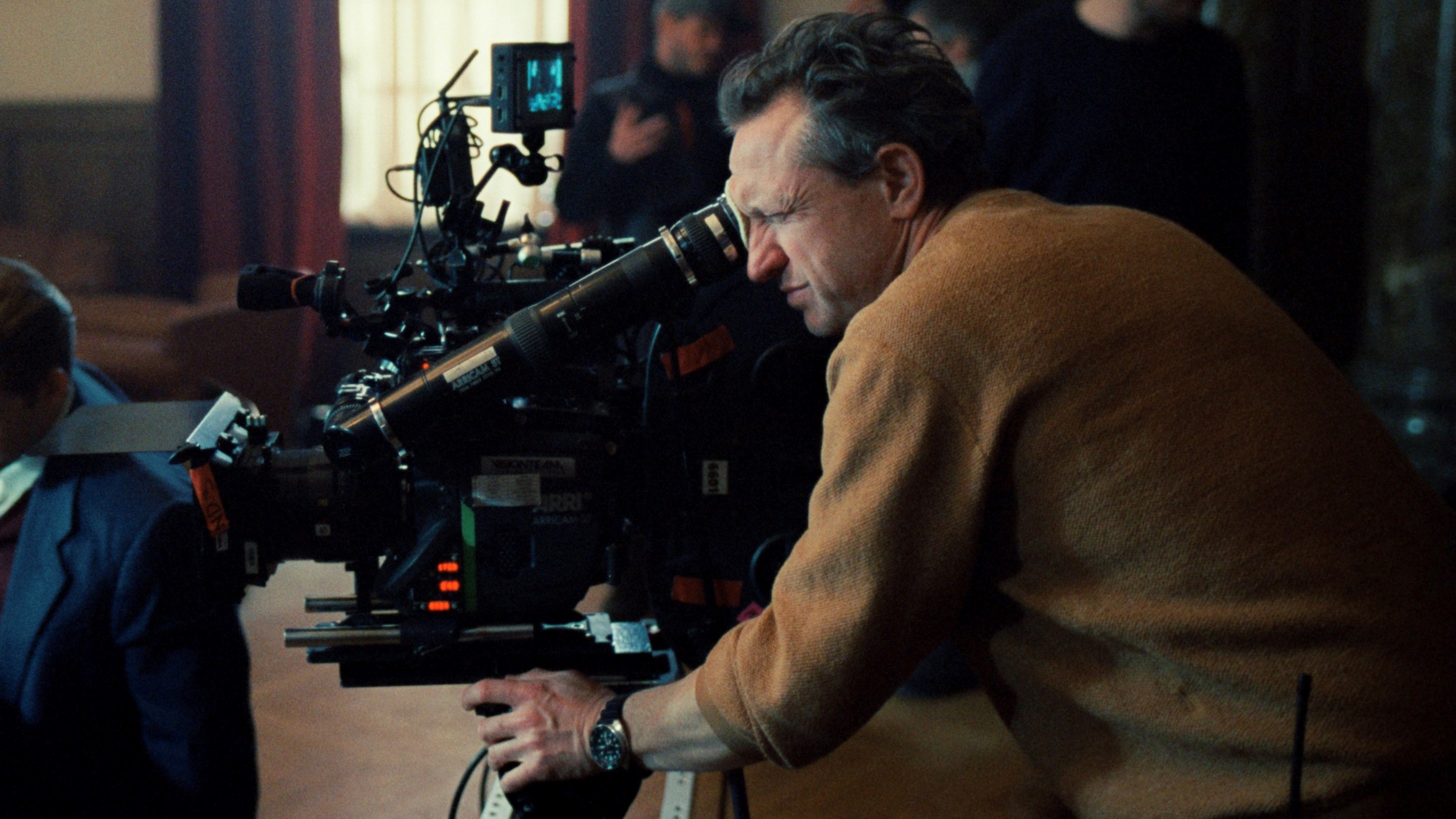Masters of the Air takes place over the skies of Nazi-occupied Europe and at the very least doesn’t flinch from the horrific conditions faced by men in metal tubes flying five miles above ground, writes Adrian Pennington.
The third series about how the US ‘won’ the Second World War from producers Steven Spielberg and Tom Hanks (Band of Brothers, The Pacific), Masters of the Air aimed to accurately recreate the Allied bombing missions with authenticity down to the weather conditions and topography the crews would have encountered in 1943.
“We started by studying all the diaries of the pilots flying the B17 Flying Fortress at the time,” explained Phil Arntz the show’s Aerial Director of Photography. “We then went through the script and picked the moments that required identifiable scenery in Europe.”
Arntz was working to a brief from VFX Supervisor Stephen Rosenbaum to capture high-resolution plates that would fit the geographical area of the actual missions and in a way that production could use across the series. Principal photography of the aerial scenes could only begin once...
You are not signed in.
Only registered users can view this article.

Behind the scenes: The Brutalist
Cinematographer Lol Crawley finds the monumental visual language to capture an artform that is essentially static.

Behind the scenes: Bringing live deepfakes to the fore in Here
The breakthrough in the making of Here was not the authenticity of a de-aged Tom Hanks, but that the face-swapping technique could be achieved live on set.

Behind the Scenes: Disclaimer
For all the slippery perspectives in psychological thriller Disclaimer, the truth is lying in plain sight, explains Editor Adam Gough.
Behind the Scenes: Conclave
Mystery, suspense and a game of thrones in the Vatican lensed by cinematographer Stéphane Fontaine.
, Director Jon M. Chu, and Ariana Grande (as Glinda) on the set of Wicked.jpg)
Behind the Scenes: Wicked
Opposing colours in the same frame, 6000 lightning cues and shooting 17 sound stages - one the size of four American football fields, all merit why Wicked is the ‘latest hurrah to the golden days of epic studio filmmaking,’ writes Adrian Pennington.



